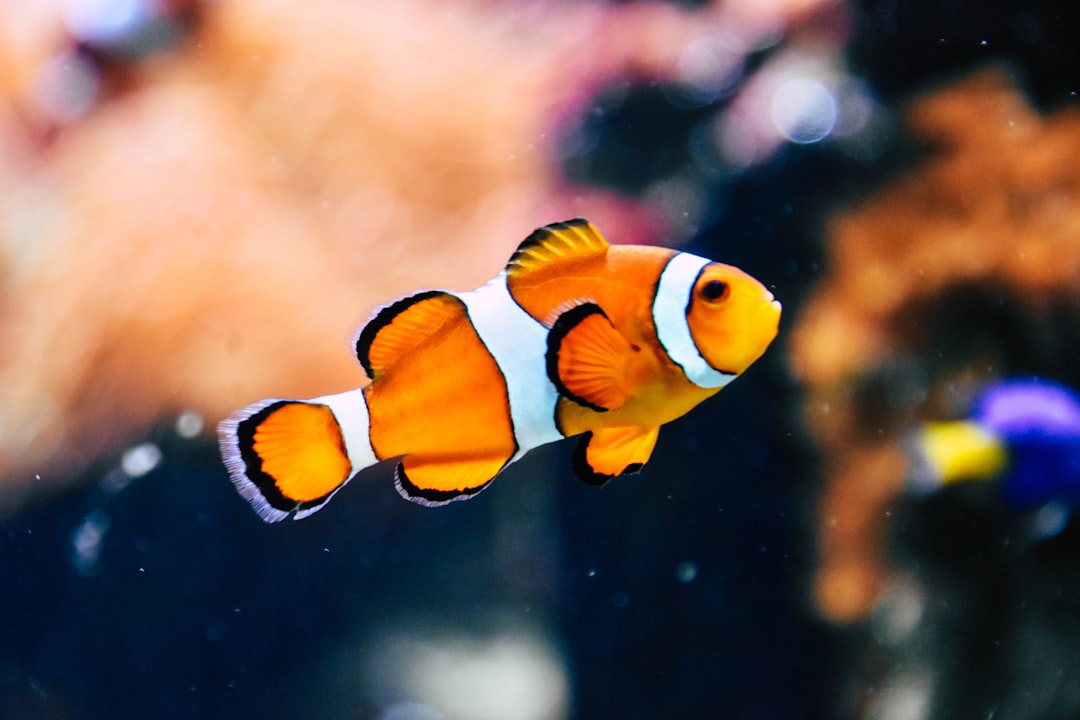Aquaponics is a revolutionary farming method that seamlessly integrates aquaculture (raising fish) with hydroponics (growing plants without soil). At the heart of this system lies a dynamic, self-sustaining cycle where fish, plants, and bacteria work together in perfect harmony. Understanding the role of each component is crucial to designing and maintaining a thriving aquaponic system.
The Three Pillars of Aquaponics
1. Fish: The Nutrient Providers
Fish play a fundamental role in an aquaponic system by producing waste, which serves as a natural fertilizer for plants. Their excrement contains ammonia, which, in high concentrations, is toxic to fish but essential for plant growth once converted into usable nutrients. The choice of fish depends on factors such as climate, available resources, and the purpose of the system (whether for food production or ornamental use).
Common Aquaponic Fish Species:
-
Tilapia – Hardy, fast-growing, and tolerant of varying water conditions.
-
Catfish – Another resilient option, often preferred in commercial systems.
-
Trout – Ideal for cooler climates due to their cold-water preference.
-
Goldfish & Koi – Best suited for ornamental and small-scale systems.
To ensure healthy fish, maintaining the right water temperature, oxygen levels, and pH balance is essential. Overcrowding or overfeeding can lead to excess waste, which may disrupt the system’s balance.
2. Plants: The Natural Water Purifiers
Plants in an aquaponic system act as natural filters, removing excess nutrients from the water before it is recirculated to the fish tank. This process helps keep the water clean while promoting rapid plant growth.
Best Plants for Aquaponics:
-
Leafy Greens – Lettuce, spinach, kale, and Swiss chard thrive in nutrient-rich water.
-
Herbs – Basil, mint, parsley, and cilantro flourish in aquaponic systems.
-
Fruit-bearing Plants – Tomatoes, cucumbers, peppers, and strawberries can be grown but require additional nutrients.
-
Root Vegetables – While some, like radishes, can work, others (like potatoes and carrots) may struggle in aquaponic setups due to waterlogged conditions.
The key to plant success lies in balancing nutrient levels, ensuring sufficient light, and selecting crops that match the system’s fish stocking density.
3. Bacteria: The Invisible Workers
Bacteria are the unsung heroes of aquaponics. These microorganisms play a crucial role in converting fish waste into plant-usable nutrients through a process called nitrification.
The Nitrification Process:
-
Ammonia Production: Fish excrete waste, releasing ammonia into the water.
-
Nitrite Formation: Beneficial bacteria (Nitrosomonas) convert ammonia into nitrites.
-
Nitrate Conversion: Another group of bacteria (Nitrobacter) further convert nitrites into nitrates, a safe and essential nutrient for plants.
Without these bacteria, plants wouldn't receive the nutrients they need, and toxic ammonia would accumulate, harming the fish. Establishing a healthy bacterial colony requires patience, as it can take several weeks for the nitrogen cycle to stabilize in a new aquaponic system.
Achieving Balance in an Aquaponic System
For an aquaponic system to function efficiently, the relationship between fish, plants, and bacteria must remain balanced. Here are key factors to monitor:
-
Water Quality – Regularly test for pH (ideal range: 6.5–7.5), ammonia, nitrites, and nitrates.
-
Oxygen Levels – Ensure proper aeration for both fish and beneficial bacteria.
-
Stocking Density – Avoid overcrowding fish, as excessive waste can overwhelm the system.
-
Plant Selection – Choose crops that match the available nutrient levels.
-
Feeding Practices – Overfeeding fish can lead to ammonia buildup, disrupting the cycle.
Conclusion
A successful aquaponic system depends on the delicate interplay between fish, plants, and bacteria. When all three components work together, they create a natural, sustainable cycle that minimizes waste, conserves water, and produces fresh, organic food. Whether you’re a beginner or an experienced grower, understanding these basics is the first step toward building a thriving aquaponic ecosystem.
By embracing the power of nature’s balance, you can create a productive and eco-friendly farming solution that benefits both people and the environment.

Comments
No comments yet. Be the first to comment!
You must be logged in to comment. Login